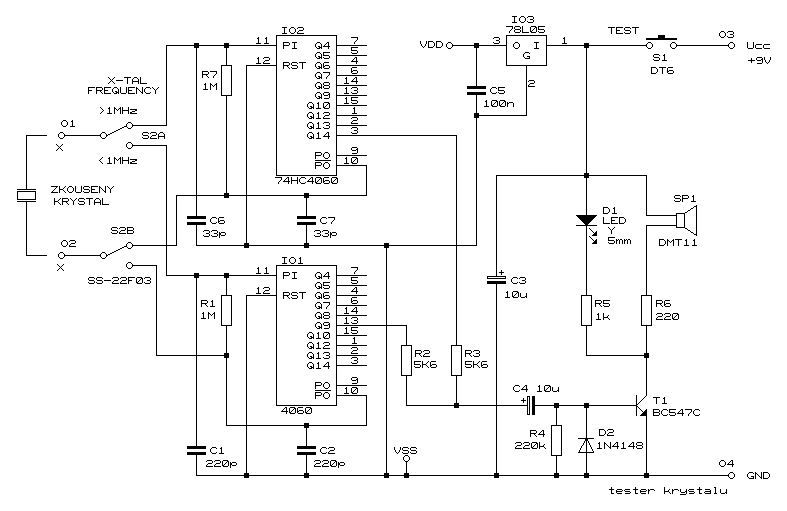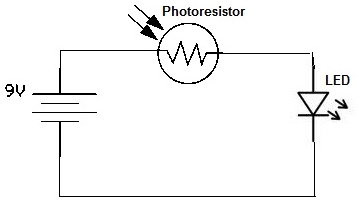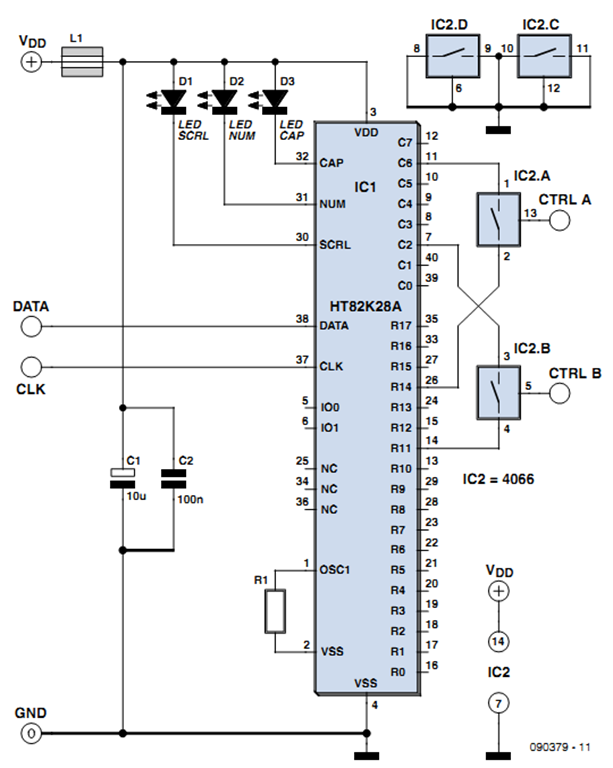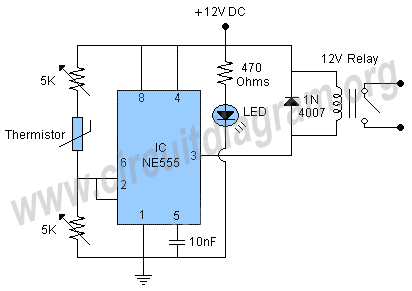
Simple Remote Control Tester

When a remote control fails to operate, the issue is often fundamental: the device does not emit light. Possible causes include dry solder joints, faulty LEDs, or a depleted battery, potentially due to a stuck button. The human eye cannot detect infrared light; however, a standard phototransistor, such as the BP103, can function effectively within the infrared spectrum. In this circuit, the BP103 biases the BC558 transistor, which causes LED D1 to flash in response to signals from the remote control. The circuit's preset component adjusts the sensitivity.
In this circuit design, the primary function is to detect infrared signals emitted by a remote control and visually indicate this detection through LED D1. The BP103 phototransistor acts as a sensitive receiver for infrared light, which is typically used in remote control devices. When the remote control is activated, it emits infrared signals that are not visible to the human eye. The BP103 detects these signals and produces a corresponding electrical signal.
The BC558 transistor is used as a switching device in this configuration. When the BP103 detects infrared light, it conducts, allowing current to flow to the base of the BC558. This action turns on the BC558, enabling it to drive LED D1, causing it to flash in response to the incoming infrared signal. This visual feedback allows users to confirm that the remote control is functioning and that the infrared signal is being received correctly.
The sensitivity of the circuit can be adjusted using a preset resistor. This component allows for fine-tuning of the circuit's response to varying levels of infrared light, ensuring that the system can detect even weak signals while avoiding false positives from ambient light sources.
In summary, this circuit effectively demonstrates the interaction between infrared light detection and visual indication, utilizing a phototransistor and a bipolar junction transistor to create a simple yet functional remote control indicator. Proper assembly and calibration of the circuit components are essential for optimal performance and reliability.Nearly always when a remote control doesn`t work, the underlying problem is elementary: the unit does not emit light. The cause may be dry solder joints, defective LEDs etc. , but also a flat battery (perhaps due to stuck key). The human eye is unable to perceive infra-red light. By contrast, an ordinary photo transistor like the BP103 has no probl ems working in the infrared spectrum, so in the circuit here it simply biases the BC558 which, in turn, makes LED D1 flash in sympathy with the telegram from the remote control. The preset in the circuit determines the sensitivity. 🔗 External reference
In this circuit design, the primary function is to detect infrared signals emitted by a remote control and visually indicate this detection through LED D1. The BP103 phototransistor acts as a sensitive receiver for infrared light, which is typically used in remote control devices. When the remote control is activated, it emits infrared signals that are not visible to the human eye. The BP103 detects these signals and produces a corresponding electrical signal.
The BC558 transistor is used as a switching device in this configuration. When the BP103 detects infrared light, it conducts, allowing current to flow to the base of the BC558. This action turns on the BC558, enabling it to drive LED D1, causing it to flash in response to the incoming infrared signal. This visual feedback allows users to confirm that the remote control is functioning and that the infrared signal is being received correctly.
The sensitivity of the circuit can be adjusted using a preset resistor. This component allows for fine-tuning of the circuit's response to varying levels of infrared light, ensuring that the system can detect even weak signals while avoiding false positives from ambient light sources.
In summary, this circuit effectively demonstrates the interaction between infrared light detection and visual indication, utilizing a phototransistor and a bipolar junction transistor to create a simple yet functional remote control indicator. Proper assembly and calibration of the circuit components are essential for optimal performance and reliability.Nearly always when a remote control doesn`t work, the underlying problem is elementary: the unit does not emit light. The cause may be dry solder joints, defective LEDs etc. , but also a flat battery (perhaps due to stuck key). The human eye is unable to perceive infra-red light. By contrast, an ordinary photo transistor like the BP103 has no probl ems working in the infrared spectrum, so in the circuit here it simply biases the BC558 which, in turn, makes LED D1 flash in sympathy with the telegram from the remote control. The preset in the circuit determines the sensitivity. 🔗 External reference





